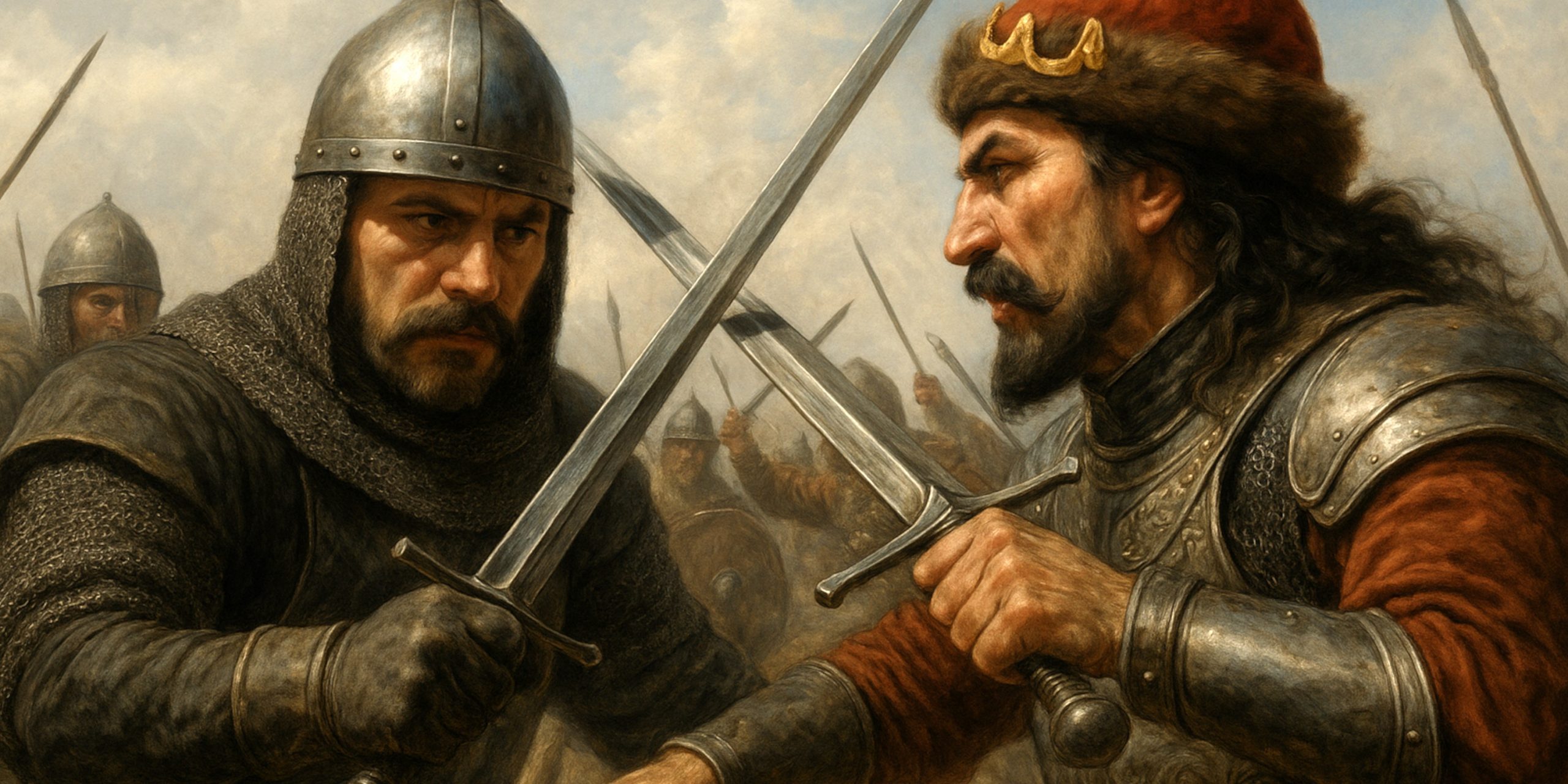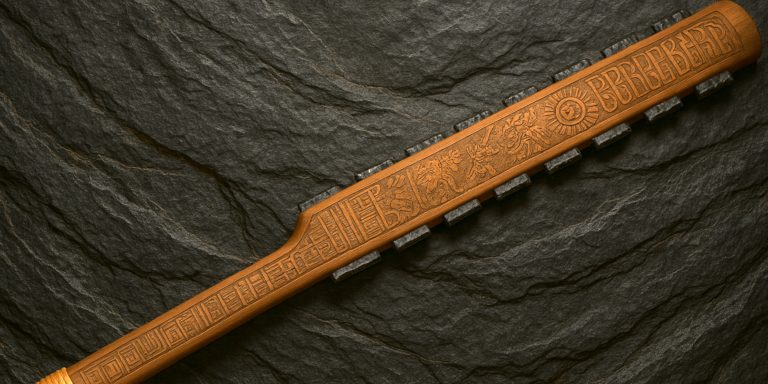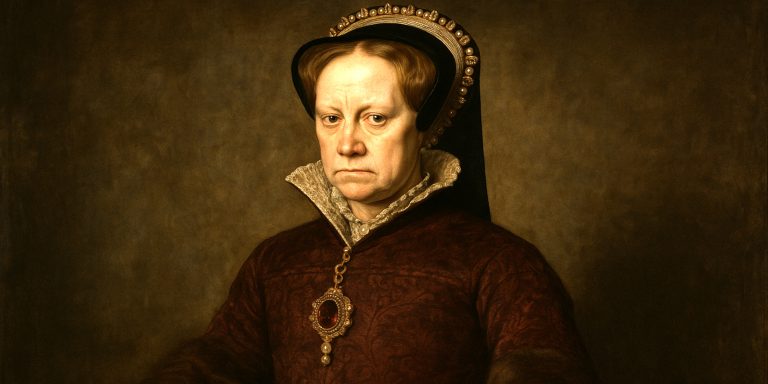
Vladislav II ruled Wallachia in the mid fifteenth century, caught between Hungarian and Ottoman power. His reign came in two short bursts, from 1447 to 1448 and again from 1448 to 1456, before his death at the hands of Vlad III Dracula. His story is less legendary than his rival’s, yet it tells us a great deal about how Wallachian rulers actually governed: embargoes, raids, quick diplomacy, and short-lived victories.
Quick Facts
- Dynasty: Dănești branch of the Basarab line
- Reigns: 1447–1448 and 1448–1456
- Death: 1456, killed by Vlad III in single combat
- Burial: Dealu Monastery near Târgoviște
- Religious Patronage: Founded chapels at Snagov and supported Mount Athos monasteries
Arms and Armour
Wallachian forces relied on mobility and ambush rather than heavy set-piece battles.
Typical equipment included:
- Quilted jackets, mail shirts, and brigandines for wealthier cavalry
- Simple gambesons for infantry and poorer levies
- Conical or sallet-style helmets where available
- Round shields, lances, sabres, spears, maces, and daggers
- Composite bows, ideal for rapid raiding across plains and forests
This was not parade armour but practical war gear suited to sudden strikes and fast retreats.
Battles and Military Acumen
Frontier Wars and Embargoes
When John Hunyadi of Hungary struck at his possessions, Vladislav retaliated with embargoes on the Transylvanian Saxon markets and raids that torched villages near Brașov. This economic warfare reveals how Wallachian princes fought without needing a battlefield.
The Kosovo Interlude, 1448
While Hunyadi was away at Kosovo, Vlad III briefly took the Wallachian throne with Ottoman support. Vladislav soon recovered it, a clear example of how foreign backers dictated local outcomes.
Death in 1456
Vladislav’s career ended in single combat with Vlad III near Târgșor. Whether the duel was agreed or forced, the outcome was decisive. Vladislav’s death ended his faction’s hold on power and cleared the way for Dracula’s brutal but better-remembered reign.
Governance and Diplomacy
Vladislav ruled by balancing three pressures:
- Markets and tolls – embargoes against Brașov and control of trade routes
- Military reprisals – fast raids into borderlands
- Religious legitimacy – monasteries at Snagov and donations to Athos securing Orthodox continuity
His politics were pragmatic, aimed at survival more than reform.
Where to See Artefacts Today
- Dealu Monastery, Viforâta
Vladislav II’s burial place, part of the necropolis of Wallachian rulers. - Snagov Monastery
Once home to a chapel founded by Vladislav in 1453. Though the building was lost, carved wooden doors survive in Bucharest. - National Art Museum of Romania, Bucharest
The medieval collection preserves religious objects tied to Vladislav’s patronage. - National Military Museum, Bucharest
Displays of fifteenth-century Wallachian arms and armour give context to the warfare of his reign.
Archaeology and Heritage
- Târgoviște Princely Court
Excavated and conserved remains of the voivodes’ seat, providing insight into political life during Vladislav’s time. - Snagov Finds
Surviving wooden elements and local memory of the vanished chapel link directly to his patronage.
Archaeology does not offer spectacular treasures for his reign, but architectural remains and religious artefacts paint a picture of his world.
Coinage and Symbols
Wallachian coins from the period show motifs of eagles, crosses, and dragon emblems, tying Vladislav to the wider dynastic and heraldic traditions of the Basarab family. Surviving examples confirm his role in sustaining minting at Târgoviște.
Legacy
Vladislav II was not a reformer or innovator. He was a survivor who relied on embargoes, reprisals, and pious foundations to hold power. He lacked the ferocity of Vlad III, yet his reign reflects the daily realities of ruling a border principality in a violent century. If Vlad the Impaler became the legend, Vladislav remains the necessary context: the practical, embattled ruler who kept Wallachia breathing until the duel that ended him.
Watch the documenatry:



